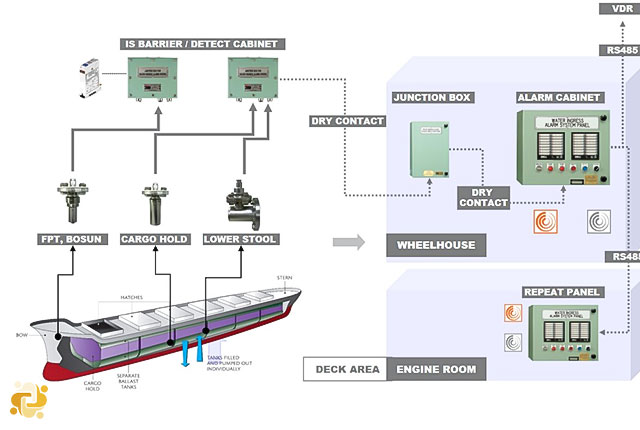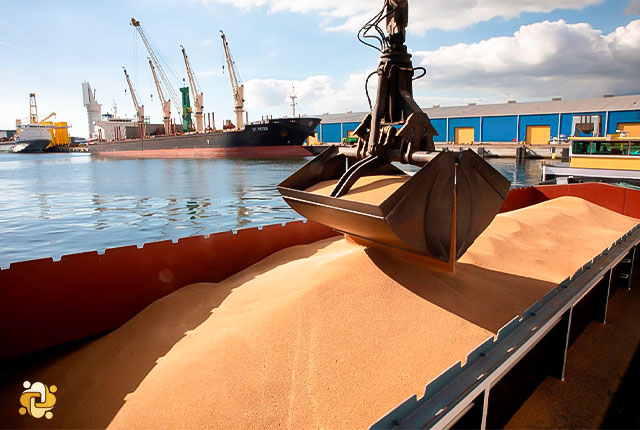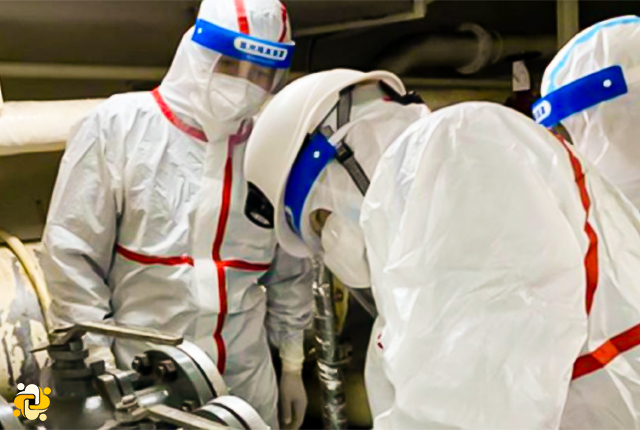
Water Ingress Detectors in Bulk Carriers
2022-12-11 20:04
Introduction
Bulk carriers are renowned for sinking fast particularly if loaded with heavy cargoes such as iron ore. Possibility of ingress of sea water into cargo holds poses potential threat to ships. Masters of bulk carriers should be aware that the purpose of the Water Ingress Monitor (WIM) is to provide the maximum possible early warning of a condition that may seriously threaten the vessel's survival.
Bulk carriers, through necessity of the need to carry large volumes of bulk cargo, are fitted with cargo spaces that, in the event of flooding, represent a major loss of buoyancy. Added to this is the possibility that the cargo in the holds may be small in volume but high density, which allows for a larger volume of water to enter the hold than would be the case for vessels carrying lighter cargoes occupying larger volumes of internal space.
The Water Ingress Detector therefore serves a similar function to a fire alarm. It signals a condition that requires immediate attention and could if the condition progresses - eventually lead to the need to evacuate the ship. For this reason the performance standard has been written to include many similar features to fire alarm systems.
SOLAS Requirement
All single/double skin bulk carriers of 500 GT and upwards must be fitted with the water ingress detectors in the following locations:
- Cargo holds:
- One shall be fitted at a height of 0.5 m above the inner bottom in any hold and another at a height not less than 15% of the depth of the cargo hold but not more than 2 m.
- The water level detectors shall be fitted in the aft end of the cargo holds.
- The visual alarms shall clearly discriminate between the two different water levels.
- In any ballast tank forward of the collision bulkhead:
- Detectors giving an audible and visual alarm shall be fitted when the liquid in the tank reaches a level not exceeding 10% of the tank capacity.
- An alarm overriding device may be installed.
- In any dry or void space other than a chain cable locker, any part of which extends forward of the foremost cargo hold:
- The alarms need not be provided in enclosed spaces the volume of which does not exceed 0.1% of the ship's maximum displacement volume and in chain cable locker.
- Detectors giving an audible and visual alarm shall be fitted at a water level of 0.1 m above the deck.
- Although the extended spaces are located above the ship's freeboard, they should be subject to the water ingress alarm requirement (SOLAS Reg. XII/12).
The audible and visible alarms shall be located on the navigation bridge.




